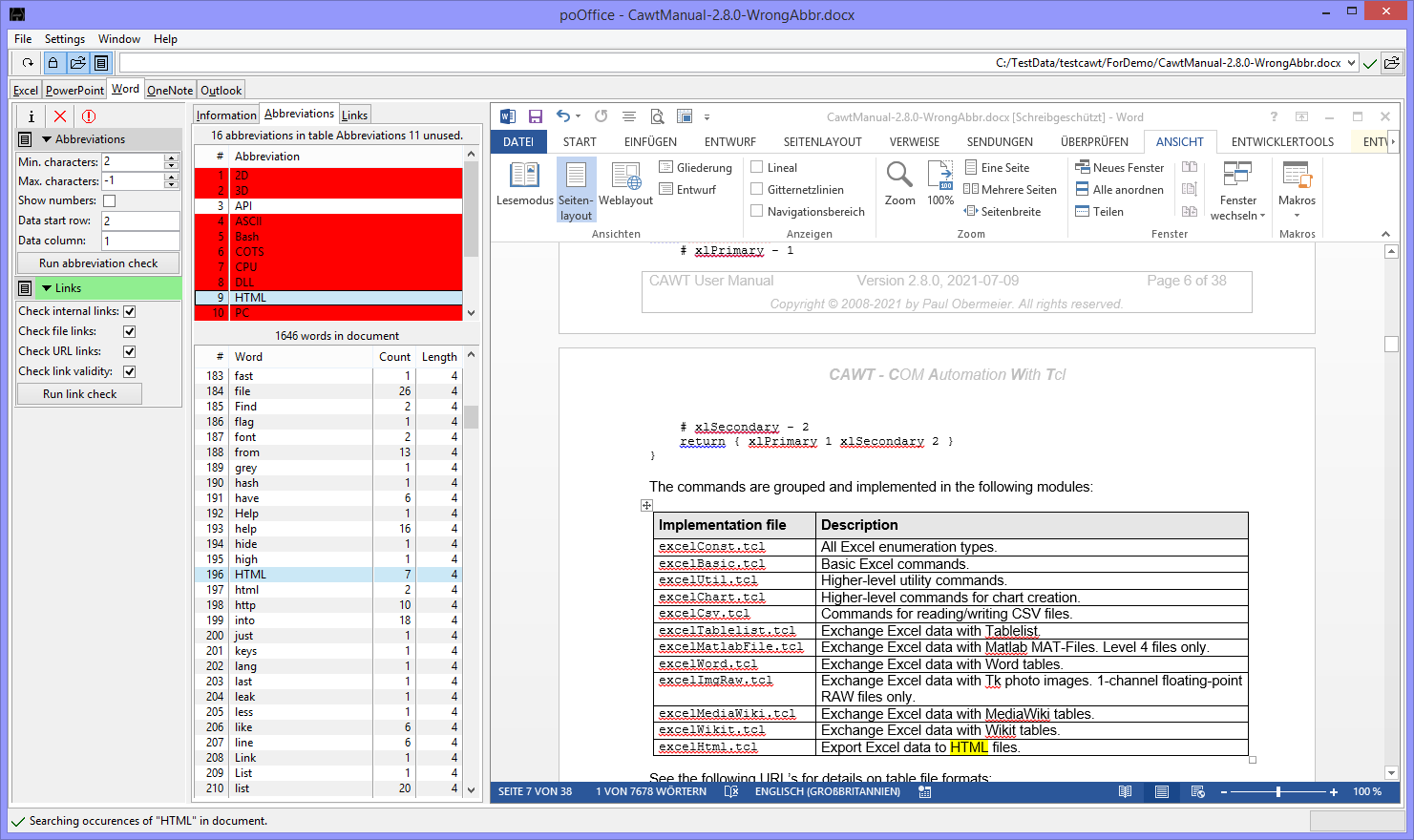

“Journal” at seven letters was not abbreviated in prior versions of T6, but as part of a periodical name the single letter “J” served as an intelligible stand-in. In the new T6 “Law” has two entries and accompanying instructions on when to use each. Party names contain many more, much longer, “L” words. “Law” was never a candidate for a case name abbreviation. The word “Law,” ubiquitous in journal names, illustrates the poor fit. Collapsing the two deploys abbreviations that worked well so long as it was clear that they were part of a publication title into a setting in which they are far more likely to confuse. ( The Bluebook continues to employ many special purpose tables-one for court names, another for legislative documents, etc.) Set against uncertain gains, the merger of T13.2 and T6 has definite costs. Providing separate tables for distinct types of material poses little risk of confusion, allows them to be tailored to the word patterns characteristic of each type, and relies on an abbreviation’s context to assist the reader.

Significant Costs Unnecessary and Confusing Case Name Abbreviations For legal professionals committed to Bluebook compliance, as well as the research services and citation software tools upon which they rely, the change raises confounding issues. For users the merger achieves only a slight reduction in the book’s heft-two pages, plus or minus. Any additional gains for a novice user of the reference, one of those beginning law students, say, are less clear. It is the sort of change that will, inevitably, undercut the market for second-hand copies of The Bluebook‘s prior edition among the nation’s annual 38,000 or so beginning law students. Modest Gainsįor the sponsoring organizations this constitutes the type of periodic revision valued by all publishers of higher education texts. The new, consolidated, T6 applies to case names, and to the names of publications, as well.

In this latest edition, The Bluebook has collapsed the two. & Org.” A writer consulted Table T6, not T13.2, when abbreviating a word in a case name or in the name of an institutional author. Rev.”, “Yale Law Journal” into “Yale L.J.”, and “Journal of Law, Economics, & Organization” into “J.L. Its columns, together with the institutional abbreviations contained in Table T13.1, turned “Harvard Law Review” into “Harv. That table, Table T13.2, was a single purpose reference, to be used solely when citing articles. The twenty-first edition of The Bluebook has eliminated the separate table that previously prescribed how to abbreviate common words appearing in the name of a cited publication.


 0 kommentar(er)
0 kommentar(er)
